372 Views
Artificial Grass for Playground Surfaces

by
SYNLawn Of Kansas City
(IC: professional)
Over the last few years, the popularity of artificial grass has gained traction due to the many ways in which it can be utilized, both in public as well as throughout residential areas.
For many homeowners who have become exhausted over the amount of time and money that goes into regular lawn maintenance, such as mowing, weeding and watering, a synthetic backyard turf installation is a no-brainer, especially in areas around the world where water is limited. Manmade lawns are also becoming prominent in public areas to minimize the amount of work that needs to be carried out to keep them looking presentable, such as playgrounds and street walkways.
Another popular use of non-natural turf is for children's playgrounds in schools and parks. With recent technological advances within the artificial grass industry, the product's design has only improved and, when it comes to the safety of your children, keeping injuries at an all-time low is of the utmost importance. Synthetic lawns offer a durable, hardwearing surface for children to play on, as well as providing a much bouncier, cushioned and more supple material if they inadvertently fall over.
Unfortunately, there are many ways for a child to become injured within a playground setting. An interesting infographic titled Playgrounds: Build It Right, Play It Right! states that accidents occur for many reasons, such as bad weather conditions, a lack of parental supervision, misuse of the playground equipment, poor design and/or layout of the equipment, and a lack of apparatus maintenance. The infographic also highlights many different injuries that can occur, including the following:
• 36 percent of child injuries are due to fractures
• 20 percent of child injuries are due to abrasions or contusions
• 17 percent of child injuries are due to lacerations
• 12 percent of child injuries are due to strains or sprains
Additionally, a study by the U.S. Consumer Product Safety Commission from 2010 stated there are "over 200,000 estimated emergency room-treated injuries annually... falls are the most common hazard pattern (44% of injuries)."
The majority of falls can be split into two different groups: the first involves kids who are running around and fall onto the ground. The second category constitutes children who fall onto the ground from an elevated height, e.g. falling from the top of a tall piece of playground apparatus, such as a slide or jungle gym. Although the first grouping of falls is not as serious as the second, they both typically result in a child requiring medical attention for their injuries.
To combat these types of injuries, there are many inherent advantages that an artificial grass installation can offer to those spending time at the playground. For example, faux lawns possess padded infill or underlay fitted beneath the grass surfacing to keep children safe if they fall over. Additionally, because the majority of these grass products are flat and even, that means that there are no roots, weeds or other treacherous trip hazards that can lead to skinned knees, cuts, bruises and grazes.
Furthermore, since synthetic turf is drainable whenever it rains, this means no more mud-spattered spots where kids can accidentally slip and fall over when the area becomes damp. And without any need for pesticides, insecticides or weed killer products, you will have peace of mind that manmade turf is keeping your kids cleaner and safer than if the playground featured real grass. Also, anyone who knows the pain of hay fever and pollen allergies during the summer months will know that playing on natural grass can be difficult; however, mock grass means that annoying allergies won't affect you at all!
Artificial turf is also used for golf putting practice greens, whether they are located at the golf course or in the backyard of a golfer attempting to up their game in secret! Faux grass products can be installed in apartment complexes, patios, gazebos and pet runs, as well as many other outside locations.
For many homeowners who have become exhausted over the amount of time and money that goes into regular lawn maintenance, such as mowing, weeding and watering, a synthetic backyard turf installation is a no-brainer, especially in areas around the world where water is limited. Manmade lawns are also becoming prominent in public areas to minimize the amount of work that needs to be carried out to keep them looking presentable, such as playgrounds and street walkways.
Another popular use of non-natural turf is for children's playgrounds in schools and parks. With recent technological advances within the artificial grass industry, the product's design has only improved and, when it comes to the safety of your children, keeping injuries at an all-time low is of the utmost importance. Synthetic lawns offer a durable, hardwearing surface for children to play on, as well as providing a much bouncier, cushioned and more supple material if they inadvertently fall over.
Unfortunately, there are many ways for a child to become injured within a playground setting. An interesting infographic titled Playgrounds: Build It Right, Play It Right! states that accidents occur for many reasons, such as bad weather conditions, a lack of parental supervision, misuse of the playground equipment, poor design and/or layout of the equipment, and a lack of apparatus maintenance. The infographic also highlights many different injuries that can occur, including the following:
• 36 percent of child injuries are due to fractures
• 20 percent of child injuries are due to abrasions or contusions
• 17 percent of child injuries are due to lacerations
• 12 percent of child injuries are due to strains or sprains
Additionally, a study by the U.S. Consumer Product Safety Commission from 2010 stated there are "over 200,000 estimated emergency room-treated injuries annually... falls are the most common hazard pattern (44% of injuries)."
The majority of falls can be split into two different groups: the first involves kids who are running around and fall onto the ground. The second category constitutes children who fall onto the ground from an elevated height, e.g. falling from the top of a tall piece of playground apparatus, such as a slide or jungle gym. Although the first grouping of falls is not as serious as the second, they both typically result in a child requiring medical attention for their injuries.
To combat these types of injuries, there are many inherent advantages that an artificial grass installation can offer to those spending time at the playground. For example, faux lawns possess padded infill or underlay fitted beneath the grass surfacing to keep children safe if they fall over. Additionally, because the majority of these grass products are flat and even, that means that there are no roots, weeds or other treacherous trip hazards that can lead to skinned knees, cuts, bruises and grazes.
Furthermore, since synthetic turf is drainable whenever it rains, this means no more mud-spattered spots where kids can accidentally slip and fall over when the area becomes damp. And without any need for pesticides, insecticides or weed killer products, you will have peace of mind that manmade turf is keeping your kids cleaner and safer than if the playground featured real grass. Also, anyone who knows the pain of hay fever and pollen allergies during the summer months will know that playing on natural grass can be difficult; however, mock grass means that annoying allergies won't affect you at all!
Artificial turf is also used for golf putting practice greens, whether they are located at the golf course or in the backyard of a golfer attempting to up their game in secret! Faux grass products can be installed in apartment complexes, patios, gazebos and pet runs, as well as many other outside locations.
Enjoyed the project?
Published June 4th, 2014 10:25 AM




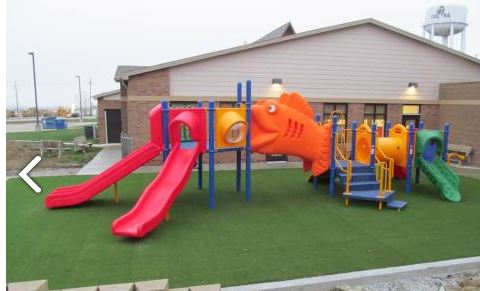
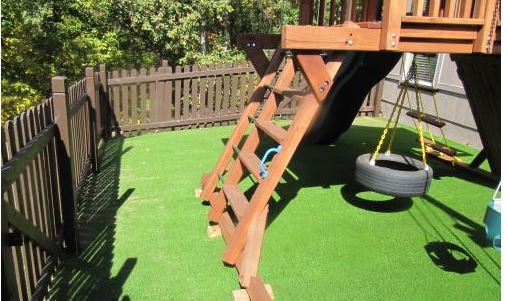
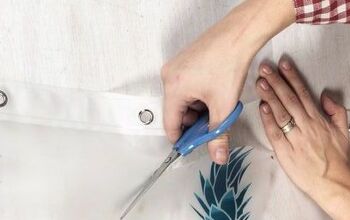
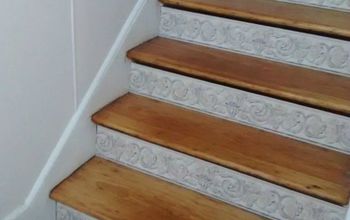
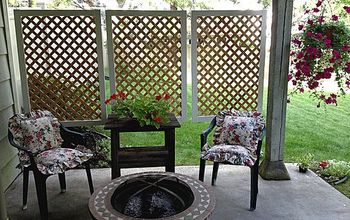

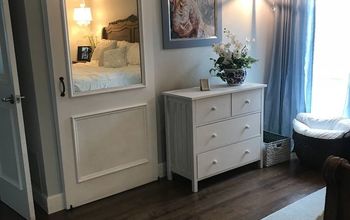
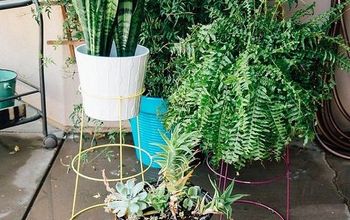




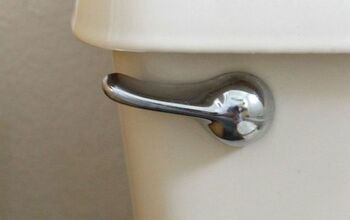






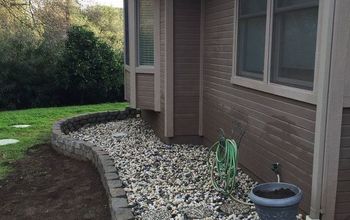


Frequently asked questions
Have a question about this project?